As a professional in the field of language education, it is crucial to ensure young learners have a solid foundation in the fundamentals of English grammar. One key aspect of this is understanding the different parts of speech. Here, we provide a comprehensive guide on the topic with the aid of informative images.
Parts of Speech: A Visual Guide
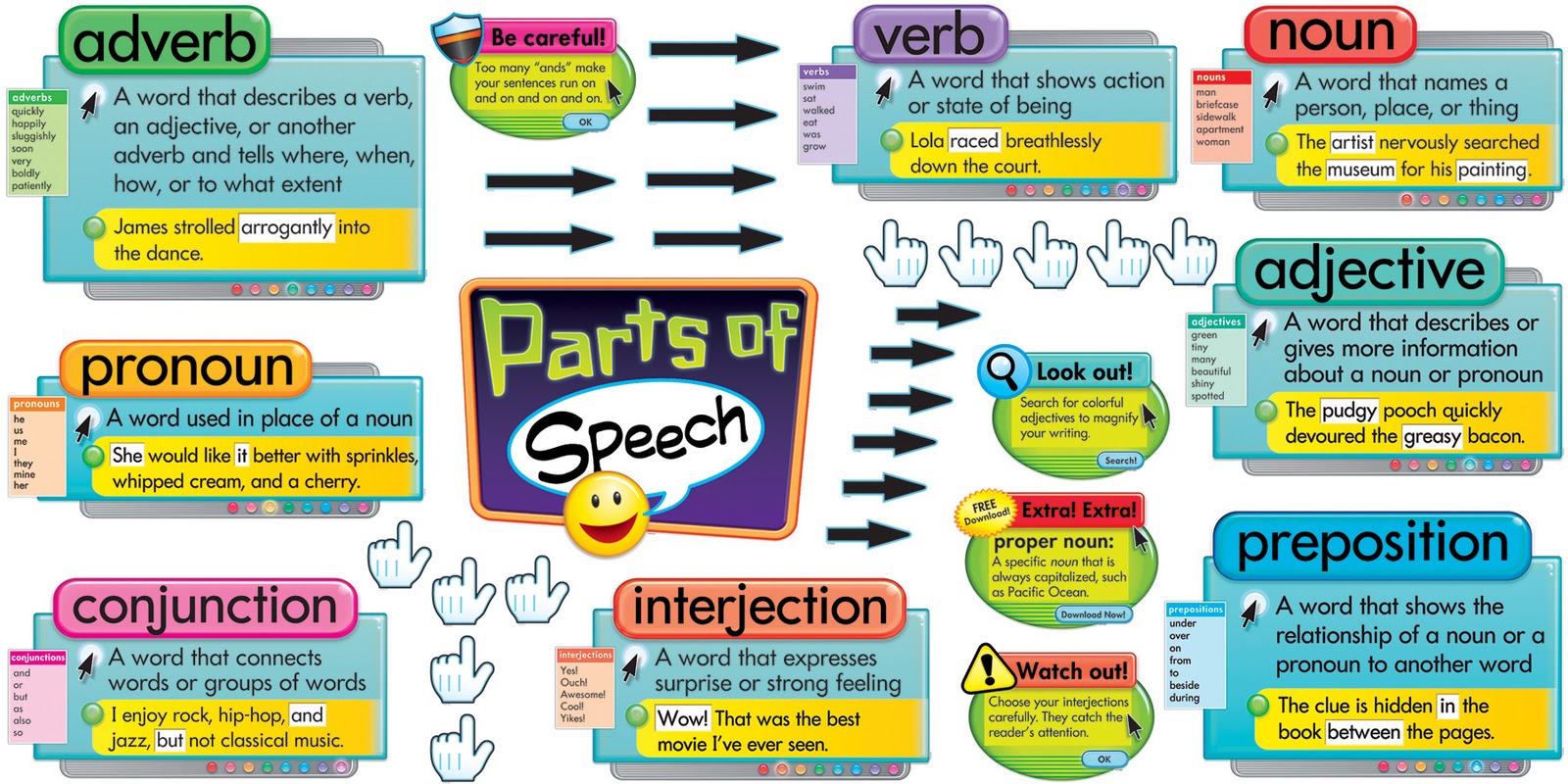 Before we delve into the individual parts of speech, let’s first take a look at an overview of what they are. Put simply, the parts of speech are the basic building blocks of any sentence. There are eight main parts of speech: nouns, pronouns, verbs, adjectives, adverbs, prepositions, conjunctions, and interjections. Each of these serves a unique purpose in creating sentences.
Before we delve into the individual parts of speech, let’s first take a look at an overview of what they are. Put simply, the parts of speech are the basic building blocks of any sentence. There are eight main parts of speech: nouns, pronouns, verbs, adjectives, adverbs, prepositions, conjunctions, and interjections. Each of these serves a unique purpose in creating sentences.
Nouns
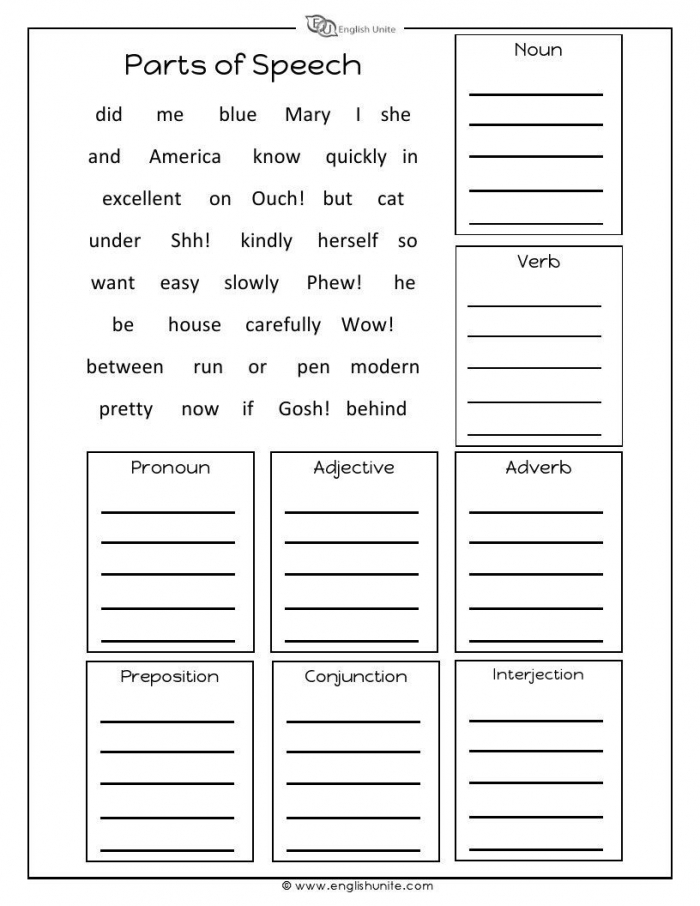 A noun is simply a person, place, thing, or idea. They can be singular or plural, proper or common. Common nouns are general, everyday items like ’table’ or ‘dog’, while proper nouns refer to specific people or places, such as ‘Paris’ or ‘John’.
A noun is simply a person, place, thing, or idea. They can be singular or plural, proper or common. Common nouns are general, everyday items like ’table’ or ‘dog’, while proper nouns refer to specific people or places, such as ‘Paris’ or ‘John’.
Pronouns
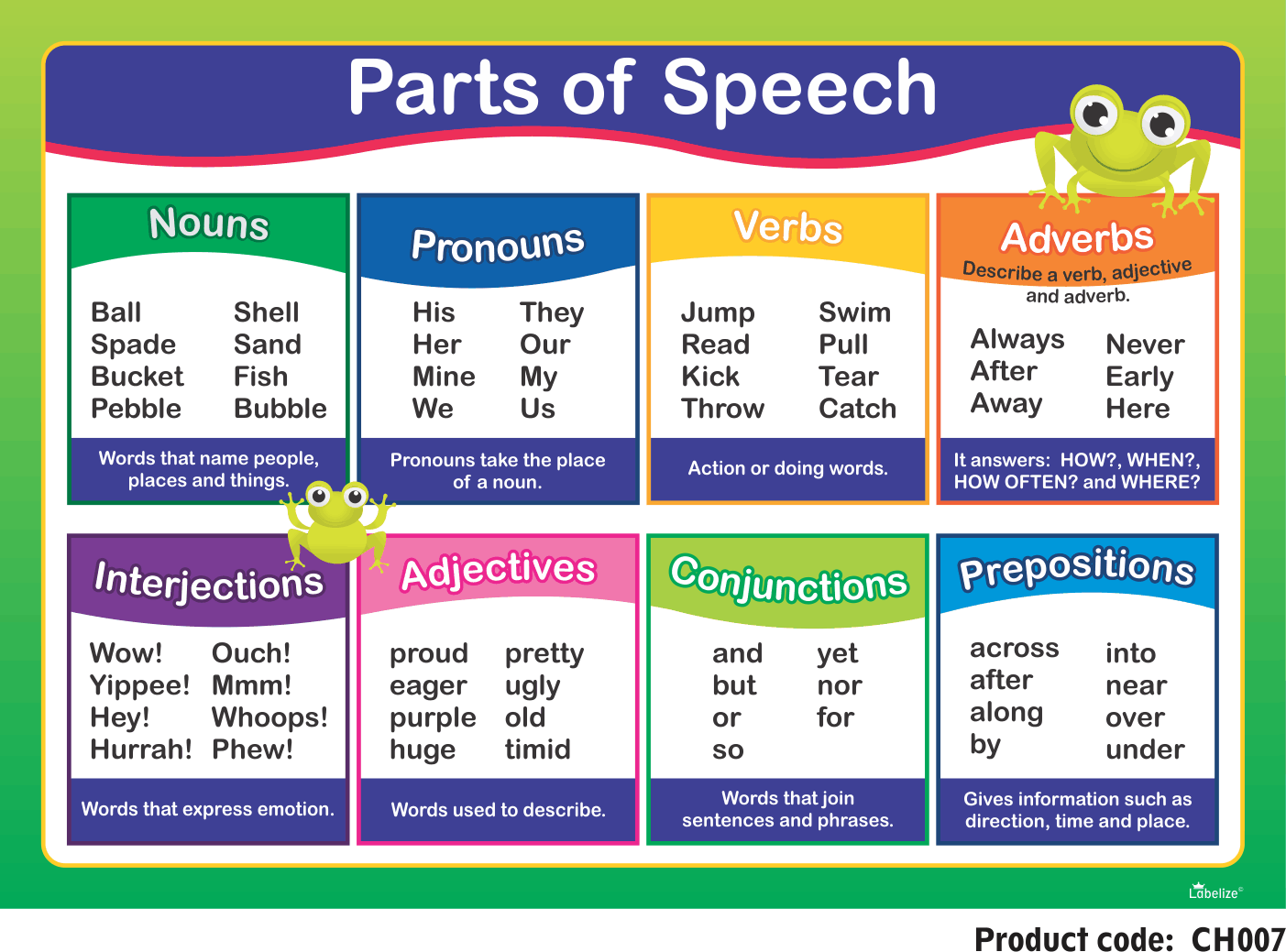 Pronouns are words that take the place of nouns. They are used to avoid repetition and make sentences flow more naturally. Common pronouns include ‘he’, ‘she’, ‘it’, ’they’, and ‘we’.
Pronouns are words that take the place of nouns. They are used to avoid repetition and make sentences flow more naturally. Common pronouns include ‘he’, ‘she’, ‘it’, ’they’, and ‘we’.
Verbs
 Verbs are words that show action or state of being. They can be transitive or intransitive. Transitive verbs take a direct object, while intransitive verbs do not. For example, in the sentence ‘The cat chased the mouse’, ‘chased’ is a transitive verb and ‘mouse’ is the object.
Verbs are words that show action or state of being. They can be transitive or intransitive. Transitive verbs take a direct object, while intransitive verbs do not. For example, in the sentence ‘The cat chased the mouse’, ‘chased’ is a transitive verb and ‘mouse’ is the object.
Adjectives
 Adjectives are words that describe nouns or pronouns. They give more information about the noun, such as its size, color, shape, or condition. For example, in the sentence ‘The fluffy white cat slept on the windowsill’, ‘fluffy’ and ‘white’ are adjectives.
Adjectives are words that describe nouns or pronouns. They give more information about the noun, such as its size, color, shape, or condition. For example, in the sentence ‘The fluffy white cat slept on the windowsill’, ‘fluffy’ and ‘white’ are adjectives.
Adverbs
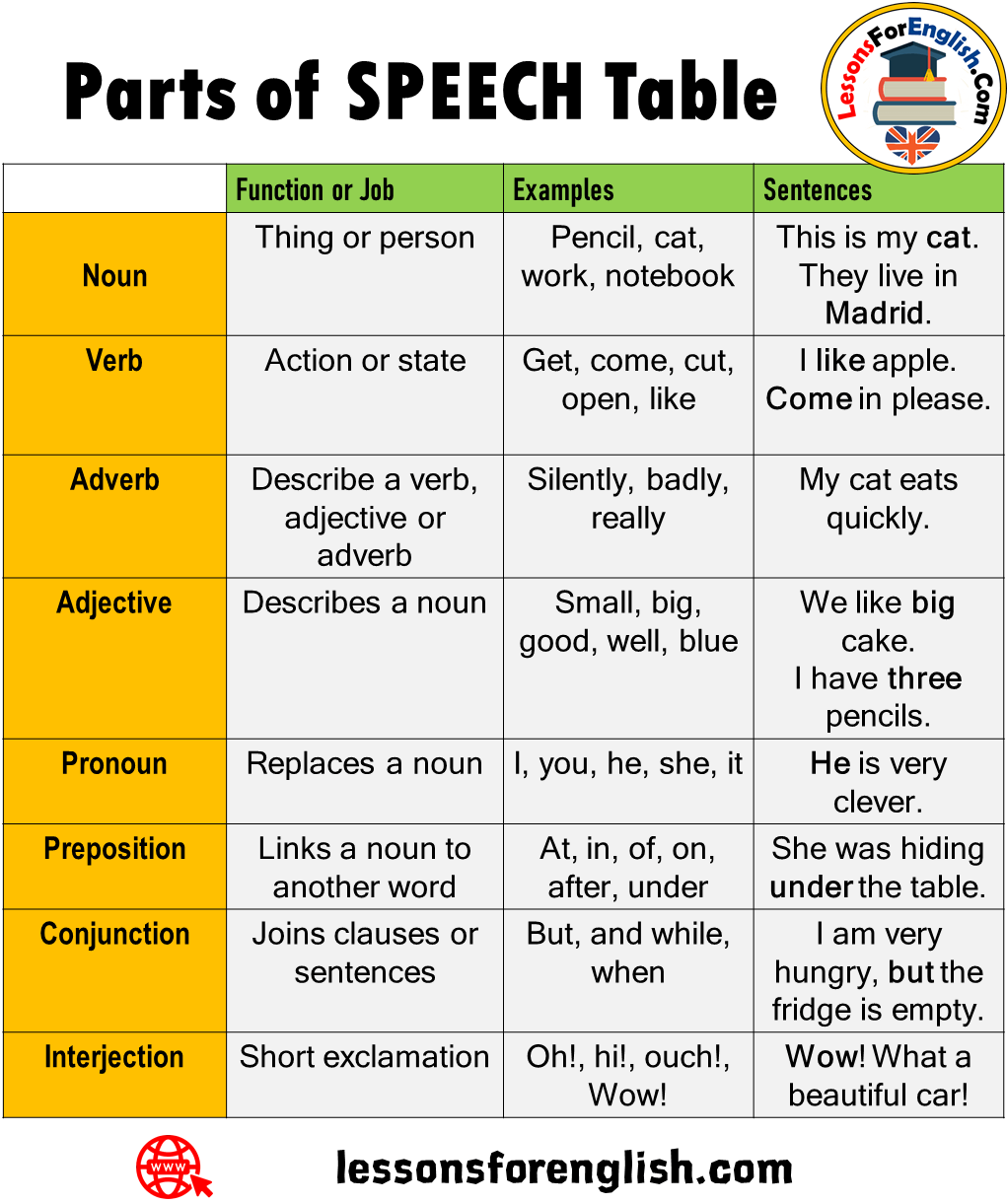 Adverbs are words that describe verbs, adjectives, or other adverbs. They provide more information about how something occurred, when it occurred, or to what extent it occurred. For example, in the sentence ‘She sang beautifully while accompanying herself on the piano’, ‘beautifully’ is the adverb describing the verb ‘sang’.
Adverbs are words that describe verbs, adjectives, or other adverbs. They provide more information about how something occurred, when it occurred, or to what extent it occurred. For example, in the sentence ‘She sang beautifully while accompanying herself on the piano’, ‘beautifully’ is the adverb describing the verb ‘sang’.
Prepositions
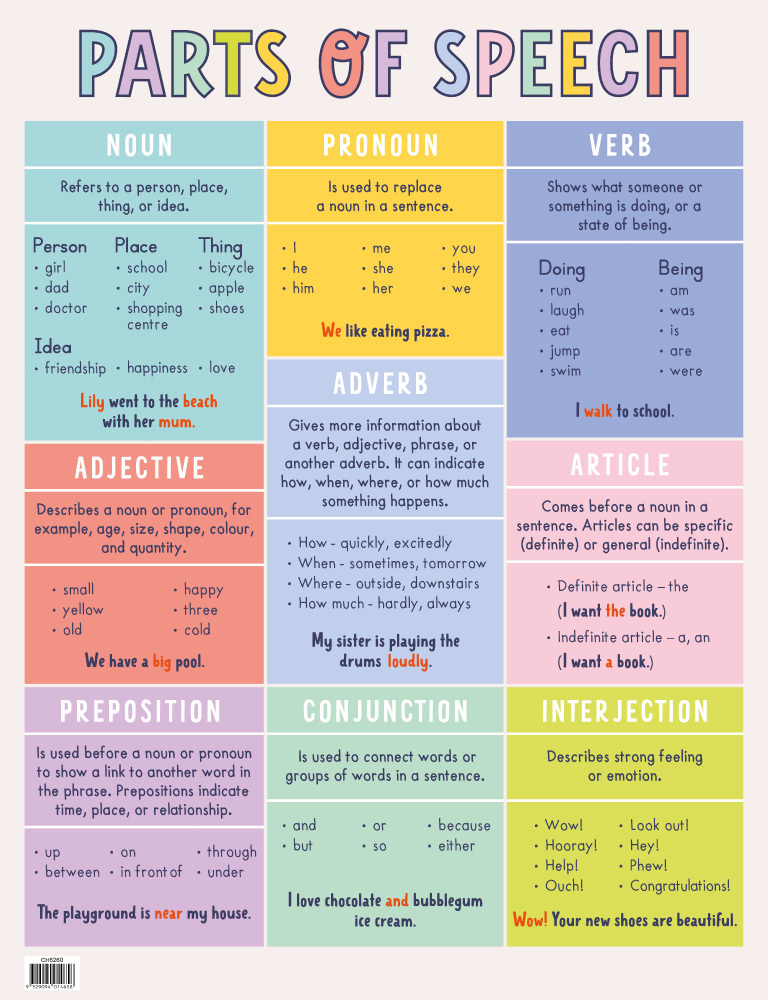 Prepositions are words that show the relationship between a noun or pronoun and other words in a sentence. They usually indicate direction, location, or time. Common prepositions include ‘in’, ‘on’, ‘at’, ’to’, and ‘from’. For example, in the sentence ‘The book is on the shelf’, ‘on’ is the preposition.
Prepositions are words that show the relationship between a noun or pronoun and other words in a sentence. They usually indicate direction, location, or time. Common prepositions include ‘in’, ‘on’, ‘at’, ’to’, and ‘from’. For example, in the sentence ‘The book is on the shelf’, ‘on’ is the preposition.
Conjunctions
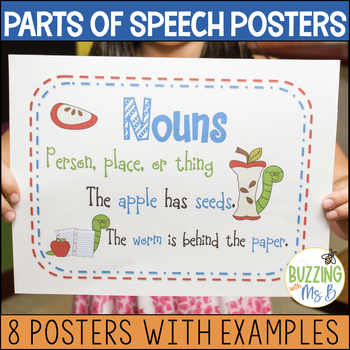 Conjunctions are words that connect phrases, clauses, or sentences. There are three main types of conjunctions: coordinating, subordinating, and correlative. Coordinating conjunctions link two independent clauses, while subordinating conjunctions link a subordinate clause with a main clause. Correlative conjunctions come in pairs and connect similar sentence elements. Examples of conjunctions include ‘and’, ‘but’, ‘or’, and ‘if’.
Conjunctions are words that connect phrases, clauses, or sentences. There are three main types of conjunctions: coordinating, subordinating, and correlative. Coordinating conjunctions link two independent clauses, while subordinating conjunctions link a subordinate clause with a main clause. Correlative conjunctions come in pairs and connect similar sentence elements. Examples of conjunctions include ‘and’, ‘but’, ‘or’, and ‘if’.
Interjections
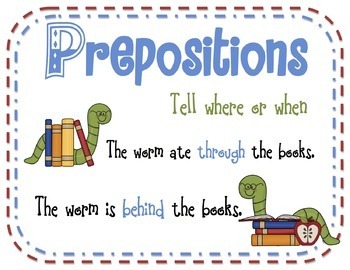 Interjections are words used to express strong emotions or sentiments. They are typically set apart from the rest of the sentence by an exclamation mark. Examples of interjections include ‘wow!’, ‘ouch!’, and ‘hey!’
Interjections are words used to express strong emotions or sentiments. They are typically set apart from the rest of the sentence by an exclamation mark. Examples of interjections include ‘wow!’, ‘ouch!’, and ‘hey!’
Now that you have a basic understanding of the different parts of speech, it’s important to practice utilizing them. Encouraging students to incorporate a variety of sentence structures and parts of speech into their writing can help them express themselves more accurately and effectively. With the help of the accompanying visual guide, young learners can gain a deeper understanding of the fundamental elements of English grammar.